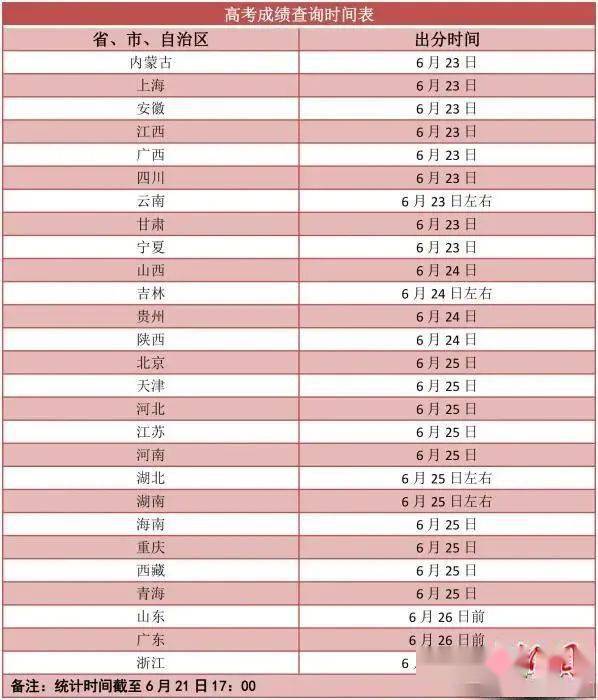With the successful launch of the Shenzhou 12 spacecraft carrying 3 astronauts, it will be docked with the Chinese Space Station. The three astronauts started a three-month space life and work. Now the three astronauts Nie Haisheng, Liu Boming and Tang Hongbo have been stationed in the space station for a week. During this week, they were able to dismantle the express delivery and ate delicious space delivery. Not only that, they also installed wifi, conducted world-to-earth calls, and could video call with family members at any time.
So the question is, how does the Chinese space station realize the wifi network connection at an altitude of 400 kilometers, and how does it realize the communication between the astronauts and the ground?
Communication system of manned space station
The China Space Station is located on a near-circular orbit of 340 to 450 kilometers, with a design life of 10 years and a rated crew of 3 people. In addition, there are cargo spacecraft, experimental cabins and other structures. It is a huge challenge to realize the task of measurement and control communication. There are five main challenges:
- More than 90% high measurement and control coverage;
Long-term continuous high-reliability measurement and control must be maintained for at least 10 years;
High data transmission rate, the maximum downlink data transmission rate is not less than several hundred megabytes;
Simultaneous measurement and control of multiple targets can support measurement and control support for 3 targets at the same time;
Efficient scheduling of measurement and control resources.
How to solve these five challenges? In the process of manned space flight missions, it relies on land-sea-based measurement and control equipment to achieve measurement and control tasks. When the Shenzhou 12 and China Space Station rendezvous and dock, it will be handed over to the relay satellite to realize the measurement and control communication. Before the construction of China’s space station, three “Tianlian-1” relay satellites had been successfully launched, and a space-based measurement and control network covering the world was initially realized. At present, the three “Tianlian-1″ relay satellites are respectively set at 77°E, 176.8°E, and 16.8°E. Their configuration combination can achieve more than 90% coverage of measurement and control, which is a challenge. High measurement and control coverage above %”. Not only that, the “Tianlian No. 1” relay satellite can support a single channel of up to 100 megabytes of data transmission, as well as support for simultaneous measurement and control of dual targets in the same antenna beam. But only relying on “Tianlian No. 1” is not enough. Therefore, on April 9, 2019, the “Tianlian II 01” relay satellite was launched. It is China’s second-generation relay satellite with powerful performance and can also achieve reverse single-channel maximum data of several hundreds of megabytes. Transmission, while also being able to multiplex. The “Tianlian II 01 satellite” is equipped with inter-satellite antennas. Each inter-satellite antenna can support simultaneous measurement and control of dual targets. Therefore, two inter-satellite antennas can achieve simultaneous measurement and control of 3 targets. After the “Tianlian-2 01” relay satellite is launched into the sky, it will be networked with the “Tianlian-1” 03 and 04 satellites, which can support the space-based measurement and control and data relay support of the China Space Station. At the same time, the “Beidou” satellite navigation system can determine the orbit with high coverage and high accuracy, which can help the Chinese Space Station to provide necessary support when implementing rendezvous missions. To realize the communication between the ground and the Chinese space station, the support of the ground-based measurement and control station is indispensable. In order to better communicate with the Chinese space station, the basic measurement and control station (ship) includes 7 domestic stations, 5 foreign stations, and 3 international stations. Website and 3 survey ships. In order to achieve efficient resource mobilization, scientists also coordinated space-based and ground-based measurement and control resources and integrated scheduling, which solved the five major challenges.
Space Wi-Fi?
This time the China Space Station is also equipped with Wi-Fi, allowing astronauts to have video calls with their family members in space, surf the Internet, and use Douyin. How is this done? In the initial stage of the construction of the International Space Station, no Internet service was configured, so 4 two-way e-mails could be sent. This makes the life of astronauts working on the International Space Station very monotonous. Later, after being equipped with the Internet, the Internet was not safe enough, which caused viruses in the computers of the astronauts. Our National Space Station has learned from this experience, so the astronauts are equipped with Internet services. To be equipped with this service, the main thing is to enable the two-way transmission of Internet business data between the space station and the Internet on the ground. This process requires a series of communications such as the space station’s local area network, space communication links, aerospace ground measurement and control communication network, and ground Internet. Link, and the communication equipment used is the relay satellite. Due to the TCP/IP protocol running on the ground Internet, if the space station also uses TCP/IP (Transmission Control Protocol/Internet Protocol), the transmission performance will be affected by physical factors, resulting in large delays and high bit error rates. In order to solve this problem, scientists can only formulate the AOS protocol of CCSDS based on the TCP/IP protocol. Using this protocol is not only safe, but also can solve the problems of high bit error rate and large instability and delay. So, don’t look at it as just a matter of installing wifi to configure the network, the technology required behind it is also very cutting-edge. This also allows us to understand from the side how difficult the construction of China’s space station is





























































You must log in to post a comment.